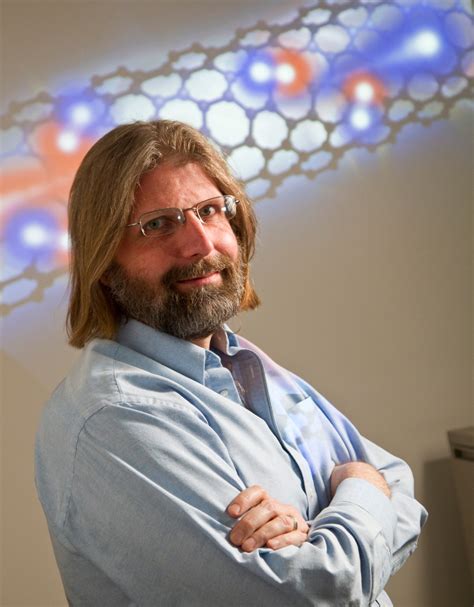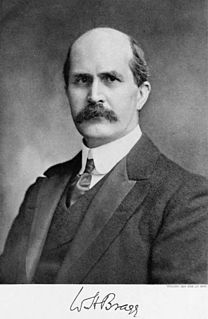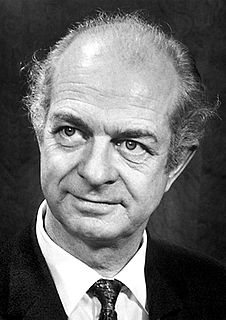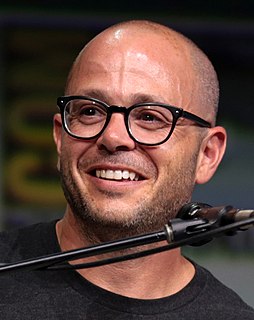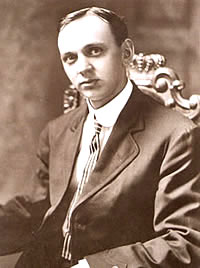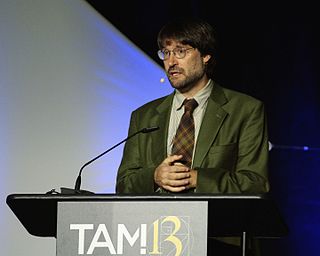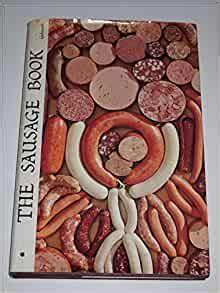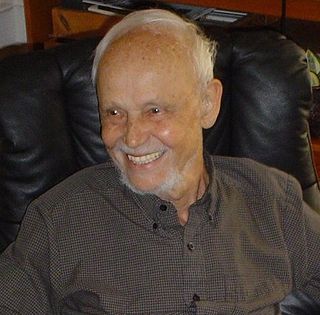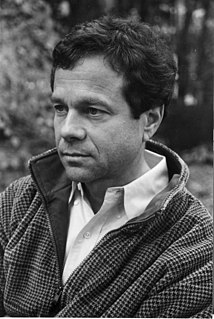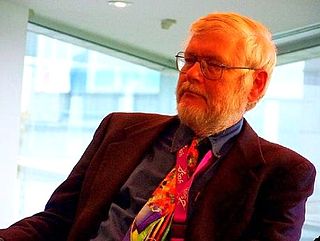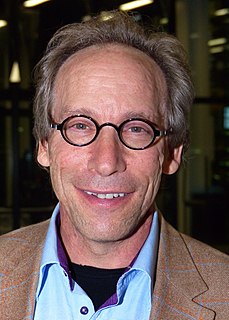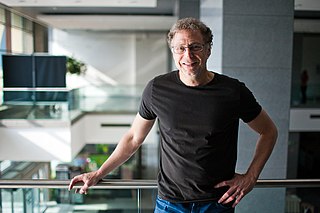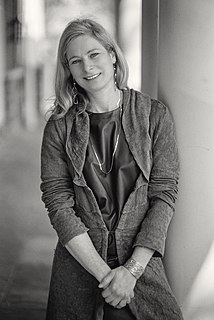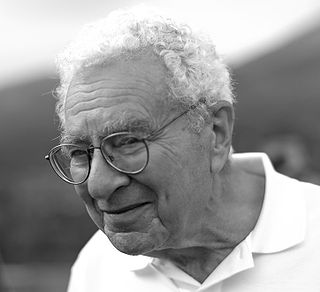A Quote by Paul McEuen
It's amazing that something only an atom thick can be an impenetrable barrier. You can have gas on one side and vacuum or liquid on the other, and with a wall only one atom thick, nothing would go through it.
Related Quotes
In a gas, motion has the upper hand; the atoms are moving so fast that they have no time to enter into any sort of combination with each other: occasionally, atom must meet atom and, so to speak, each hold out vain hands to the other, but the pace is too great and, in a moment, they are far away from each other again.
Man is slightly nearer to the atom than to the star. ... From his central position man can survey the grandest works of Nature with the astronomer, or the minutest works with the physicist. ... [K]nowledge of the stars leads through the atom; and important knowledge of the atom has been reached through the stars.
Who can break the law? If I break this glass, it will fall down. If anyone succeeds in throwing one atom out of place, every other atom will go out of balance. . . . The law can never be broken. Each atom is kept in its place. Each is weighed and measured and fulfils its [purpose] and place. Through His command the winds blow, the sun shines. Through His rule the worlds are kept in place. Through His orders death is sporting upon the earth. Just think of two or three Gods having a wrestling match in this world! It cannot be.
Quantum events have a way of just happening, without any cause, as when a radioactive atom decays at a random time. Even the quantum vacuum is not an inert void, but is boiling with quantum fluctuations. In our macroscopic world, we are used to energy conservation, but in the quantum realm this holds only on average. Energy fluctuations out of nothing create short-lived particle-antiparticle pairs, which is why the vacuum is not emptiness but a sea of transient particles. An uncaused beginning, even out of nothing, for spacetime is no great leap of the imagination.
It remained for the twentieth century to discover that locked within the atom is the energy of the sun itself. For this energy to be released, however, the atom must be bombarded from without. So too, locked in every human being is a store of love that partakes of the divine-the imago dei-image of God, it is sometimes called. And it too can be activated only through bombardment, in its case love's bombardment
All the green in the planted world consists of these whole, rounded chloroplasts wending their ways in water. If you analyze a molecule of chlorophyll itself, what you get is one hundred thirty-six atoms of hydrogen, carbon, oxygen, and nitrogen arranged in an exact and complex relationship around a central ring. At the ring's center is a single atom of magnesium. Now: If you remove the atom of magnesium and in its exact place put an atom of iron, you get a molecule of hemoglobin. The iron atom combines with all the other atoms to make red blood, the streaming red dots in the goldfish's tail.
